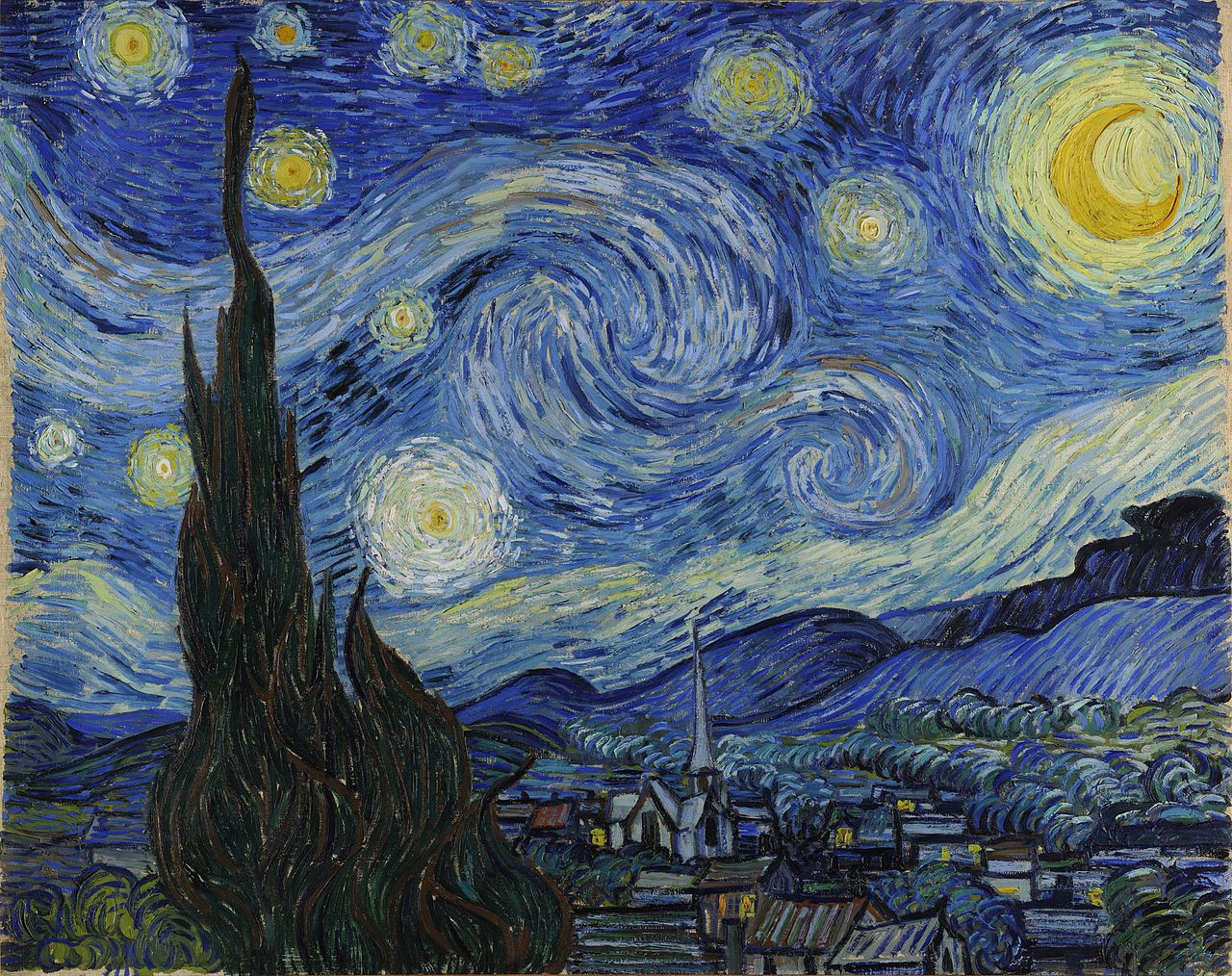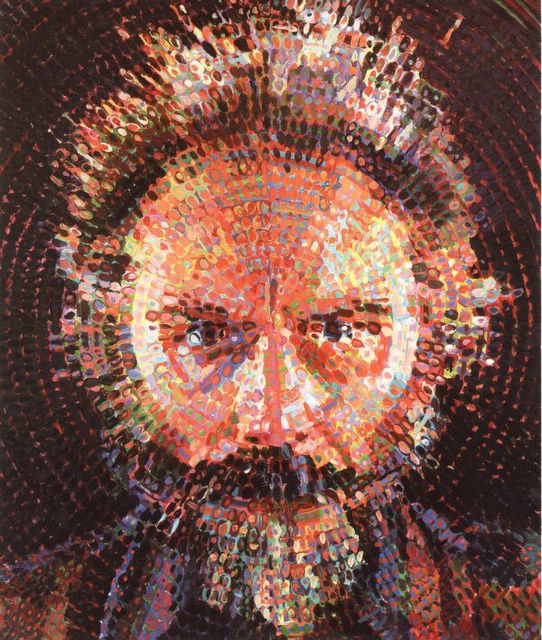Desktop Publishing Revolution 1985
• Which companies started the Desk Top Publishing revolution in the mid 1980s?
• Which companies started the Desk Top Publishing revolution in the mid 1980s?
The ‘desktop
revolution’ of Graphic design and Typography began in 1984. The three small but
prosperous companies Apple, Adobe and Aldus were responsible for the new
technology.
Aldus was known for its creation and development on the PageMaker application, an early product in the desktop publishing field.
The PageMaker was released during July of 1985, and relied on Adobe's PostScript page description language. i also required the use of Apple's LaserWriter, a PostScript laser printer. PageMaker for the PC was released in 1986, but by then the Mac was already the de facto DTP platform, with Adobe Illustrator released in 1987 and Adobe Photo shop released in 1990 completing the suite of graphic design software.
•The switch to digital led to new forms of creative digital typography, graphics and publishing.
The Apple II was introduced on April 16, 1977. It was different from other new technology because its character cell-based colour graphics and an open architecture. Other early models used regular cassette tapes as storage devices, but they were made obsolete as there was the introduction of a 5 1/4 inchfloppy disk drive and interface, the Disk II. This made new ways of producing graphical and architectural work. It was also the next step in digital storage devices.
Workers in
the traditional print industry?
The new
technology made the old fashion traditional print industry obsolete and made a
product which every company needed to buy.VisiCalc created a business market
for the Apple II and gave people at home the environment of the office, this
just gave people more reasons to buy an Apple II.
The availability of information?
Anyone who had a computer at the time was able
to research entire projects in one sitting. There internet was a new and more
efficient substitute for the library, books and written questions.•The impact on typography design was ?
There was the launch of ‘Image Pro’ in 1988 by brothers Knoll, Thomas and Glenn. The idea was rejected by Aldus as it was ‘too gimmicky’. It was then adopted by Adobe in 1990 who renamed it Photo shop 1.0 for use on Apple Macs. It was a new age of digital typography design. It gave artist new tools to work with.
Typography on screen works with light that is emitted directly from the screen into the eyes.
Most typography is designed specifically to be readable at small sizes on a computer screen.
• What is
typical of typography and text used on modern mobile devices?
The
characteristics of words on a mobile phone were changed. The x-height was moved
65 and 80% between from the cap height. The descenders are shortened and no
ascenders above the cap height.

















